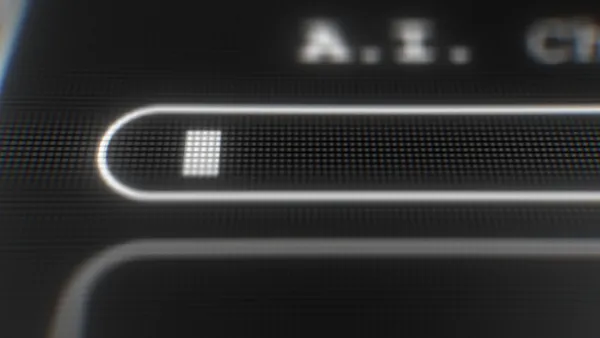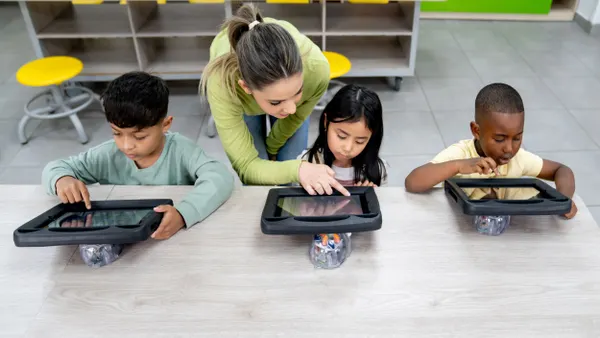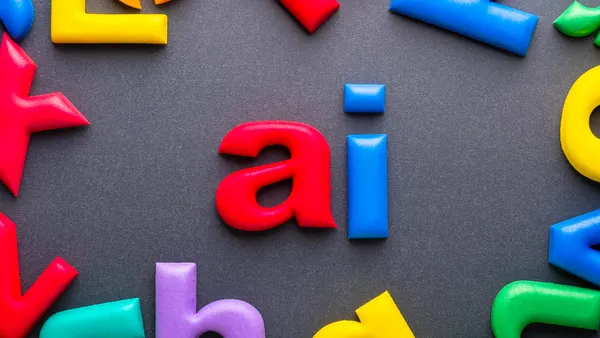Dive Brief:
- A whitepaper from Evergreen Education Group and Fuel Education looks at three schools’ blended learning programs and the ways school environments have been redesigned to take better advantage of the new teaching style.
- According to eSchool News, researchers identified three commonalities across the schools, including that administrators and teachers were not afraid to rethink what school should look like or think creatively about what is best for students.
- The online curriculum used in all three schools freed teachers to try team teaching, block scheduling, personalized learning and project-based learning — and all three schools adopted a growth mindset for their own initiatives, learning lessons from challenges and adjusting their approaches accordingly.
Dive Insight:
When blended learning was first introduced in schools, it was an opportunity to combine elements of online and face-to-face instruction. The next generation of blended learning initiatives have prioritized personalized learning and student-directed workflows. This is moving schools closer to what many are calling School 2.0.
At the 2015 ISTE conference in Philadelphia, panelists agreed standardization must be eliminated in 21st century schools that prepare students for jobs of the future. Besides that being a challenge in state accountability systems that determine how well schools are doing based on how their students perform on standardized tests, panelists admitted convincing parents to loosen the reigns is a major barrier.










